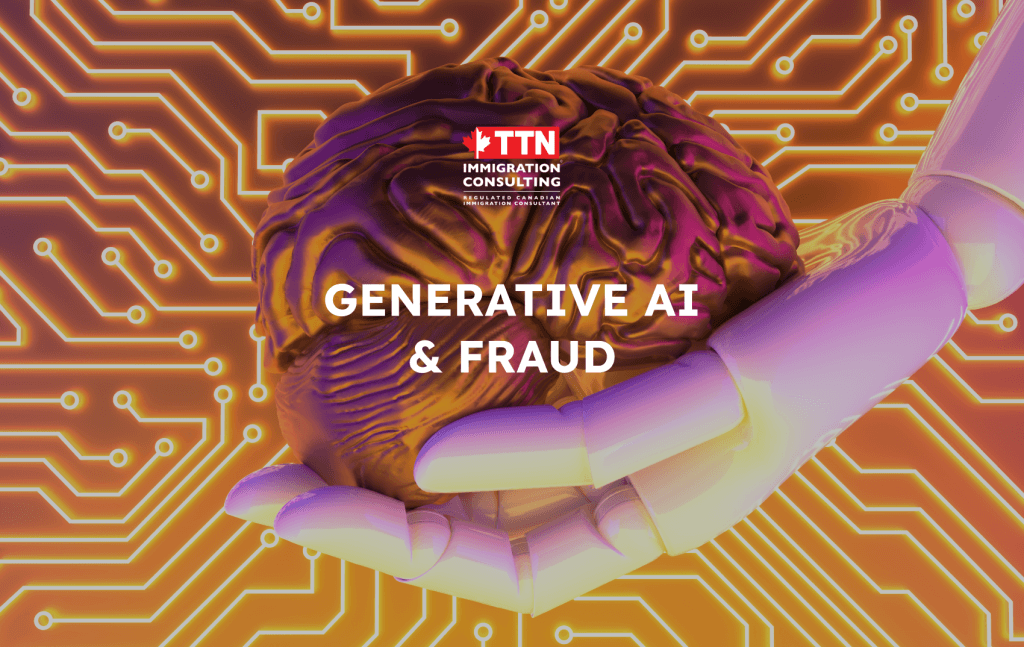Protect yourself from Generative AI Fraud
AI has rapidly transformed the world, dominating headlines and prompting many to experiment with generative AI tools. While these technologies offer impressive capabilities, they also introduce new types of fraud. Here’s a summary of potential risks to watch out for, ensuring you stay safe online.

How Can Generative AI Be Used for Fraud?
Generative AI, with its ability to produce realistic text, images, and even mimic faces and voices, provides fraudsters with powerful tools to create convincing but misleading information. Here are some examples of how generative AI can be exploited for fraudulent activities:
Deepfake: Deepfakes use generative AI to replicate a person's appearance and voice, creating videos where individuals appear to say things they never did. Fraudsters can use deepfakes to mimic celebrities or public figures, promoting fake products or services with seemingly credible endorsements.
Enhanced Email Phishing: Generative AI can craft sophisticated phishing emails free of spelling and grammatical errors, mimicking the tone and voice of trusted individuals or organizations. This makes phishing attempts more convincing and harder to detect.
Voice Spoofing: Also known as voice cloning, this technology allows generative AI to replicate someone's voice. Fraudsters can enhance their scams by attaching voice messages to phishing emails, making them appear more legitimate if the voice belongs to a trusted person.
How Can I Protect Myself Against Generative AI Fraud?
Verify Information: Always verify emails, messages, or phone calls that seem unusual or request personal information unexpectedly. Contact the sender directly through known and verified channels to confirm the legitimacy of the request. Avoid clicking on links, downloading attachments, or calling numbers you don't recognize or trust.
Be cautious: Question investment opportunities that promise returns that are too good to be true. Before investing, ask for more information and conduct thorough research. Determine the legitimacy and motives of those promoting the offer before making any investment decisions.
Pay Attention to Details: Look out for inconsistencies such as unusual facial expressions, unnatural movements, or audio that doesn't sync with lip movements, which are signs of a deepfake.
Stay Informed: Educate yourself on how AI technologies work and keep up with the latest trends in AI fraud to better recognize potential threats.
Report Suspicious Content: Report anything unusual to the Canadian Anti-Fraud Centre online or by phone at 1-888-495-8501. Your actions could help prevent others from being deceived. If something doesn’t feel right, it probably isn’t.
By following these tips, you can reduce the risk of falling victim to generative AI fraud and help create a safer online environment for everyone.
Read our article about voice phising.
English version: https://ttnimmigration.ca/vi/en/bao-ve-ban-than-khoi-ai-tao-sinh/

